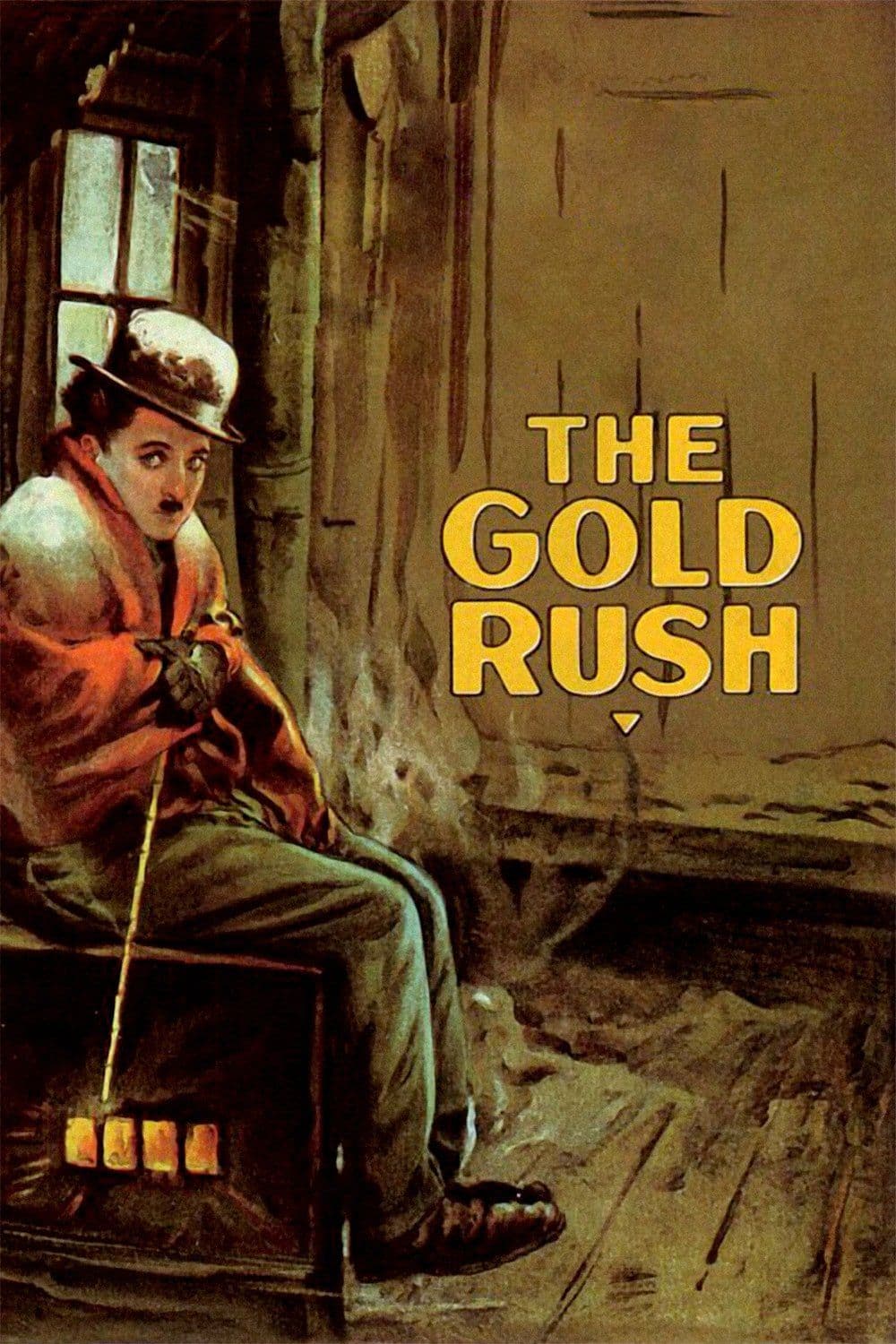
The Gold Rush
1925
Rate this movie
Average: 0.00 / 5
(0 votes)
Director
Chaplin, after a cornerstone work like The Kid, continued on his aesthetic path aimed at extracting delicate poetry from the figure of a penniless tramp. If in The Kid the tramp was more connected to an urban context and a more intimate dimension, in The Gold Rush we see him confronting a hostile nature and deeper existential challenges. Solitude, hunger, and the search for love are universal themes that Chaplin makes palpable through his character's gestures and expressiveness. This masterpiece emerged, in which the dark and oppressive city setting gives way to the boundless harshness of the frozen plains of the Klondike during the gold rush (in the late 19th century). The gold rush setting is a fundamental element of the film. The wild and inhospitable nature of the Klondike becomes a character in its own right, an obstacle to overcome and an uncontrollable force. Charlot’s struggle against the natural elements, such as cold, snow, and storms, highlights his humanity and adaptability, placing him in an epic dimension that transcends simple comedy.
Charlot faces the rigors of the Canadian winter and the harshness of life in the gold fields, confronting a hostile nature and equally rough characters. Amidst this atmosphere of greed and competition, the little tramp retains his purity of spirit, finding moments of poetry and emotion even in the most difficult situations. His search for gold intertwines with an improbable friendship with a sturdier gold prospector and a timid love for a saloon dancer. The story would bring him bitterness and humiliation until his final redemption. This treasure hunt scenario, steeped in dreams of wealth and often crude disillusionment, in reality reflects a subtle yet penetrating critique of wild capitalism and the illusion of the American mirage, a theme that Chaplin would later explore in subsequent works like Modern Times. The Klondike, in this perspective, is not merely an exotic backdrop, but a kind of geographical purgatory where the human soul is laid bare, forced to choose between brutal survival and the preservation of one's dignity. Charlot, in this frozen jungle, embodies the resilience of the individual, a modern Prometheus who snatches sparks of humanity from the world's icy indifference.
Many scenes are worth mentioning: the dinner with the boiled shoe, the self-propelled cabin teetering on the precipice, Charlot making a bread roll dance by animating it with two forks. Chaplin manages to combine the most slapstick humor with moments of great poetry. The gags are masterfully constructed, but at the same time are charged with profound emotion. The scene of the dinner with the boiled shoe, for example, is a moment of pure humor, but at the same time conveys a sense of desperation and loneliness so palpable as to elevate the comedic act to an existential metaphor. The hunger is not only physical, but also the unfulfilled longing for affection, recognition, and a place in the world. Likewise, the "dance of the rolls" sequence is a virtuosity of pantomime, an allegory of the human capacity to transform deprivation into art, to create beauty and joy from the direst misery. Chaplin, who at the time had achieved almost absolute artistic control over his production – from screenwriting to directing, from acting to musical composition for the famous 1942 re-release – demonstrates surgical precision in the choreography of the body and gesture, elevating slapstick to a form of tragic-comic ballet. This fusion is Chaplin's typical modus operandi, as he manages to blend two emotional planes, giving birth to something completely new, evoking conflicting emotions that inexorably captivate his audience. The production itself was a monumental undertaking, with filming on the cold peaks of the Sierra Nevada and the employment of hundreds of extras, attesting to his ambition and his pursuit of visual authenticity.
The film was perhaps the first truly great popular success (and critical success, later) in the history of the Seventh Art. A work that set a milestone in cinema history. Chaplin demonstrates how cinema can be at once comedic and profound, popular and artistic. His character Charlot has now become a universal icon, capable of crossing cultural and linguistic barriers, an archetype of the "little man" who struggles against adversity, resonating with literary picaresque and the drama of the human condition. It was a great and unparalleled insight to consistently portray the same character (or, if you will, Chaplin's own projection), which lends his films a history, a cultural substratum, and a narrative trajectory capable of imparting a granite-like stylistic and poetic coherence with which the viewer immediately connects. This continuity of Charlot, from The Kid to City Lights and Modern Times, creates a true silent saga, a human comedy that, while changing contexts and challenges, keeps the beating heart of its protagonist intact: a stubborn and unstoppable faith in humanity, even when the world around seems to have lost it.
Country
Gallery
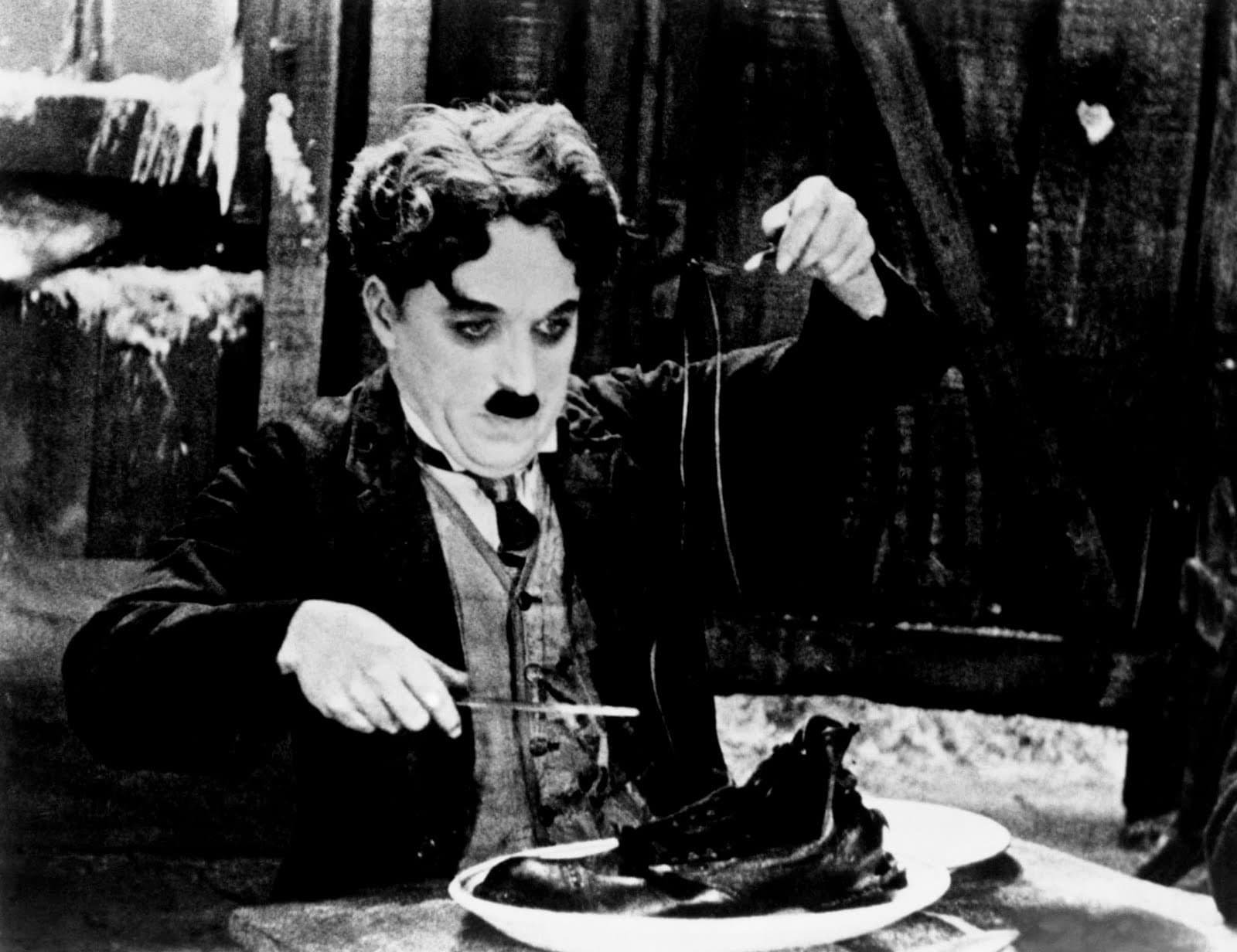
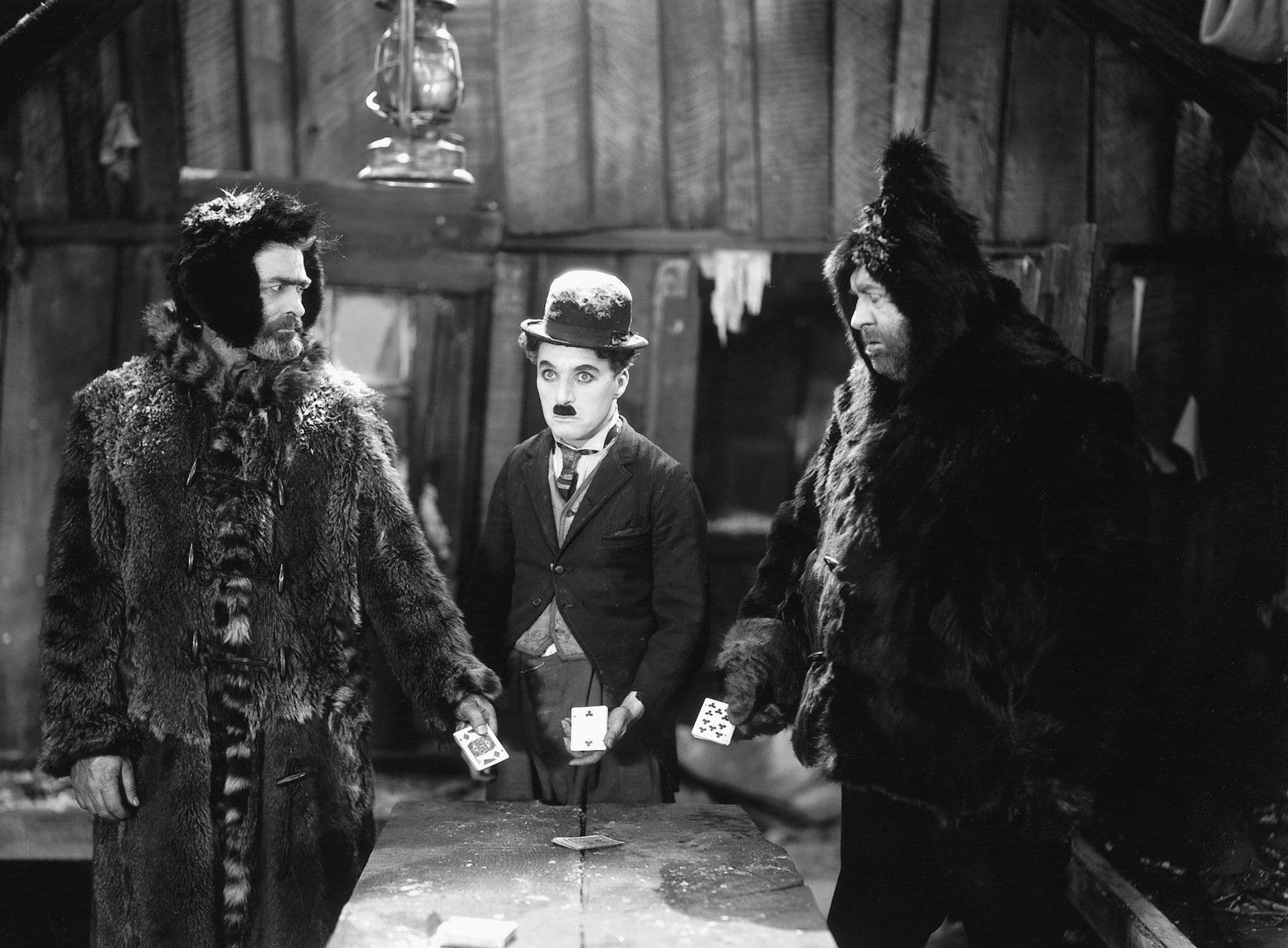
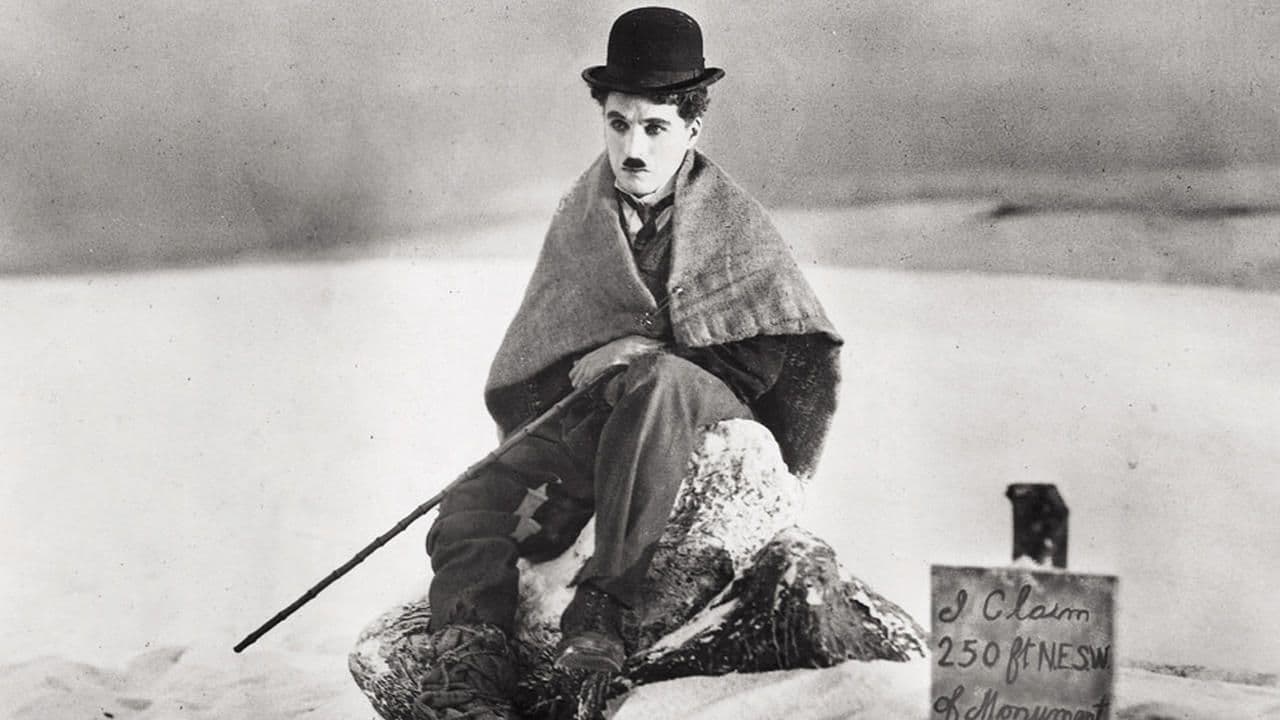
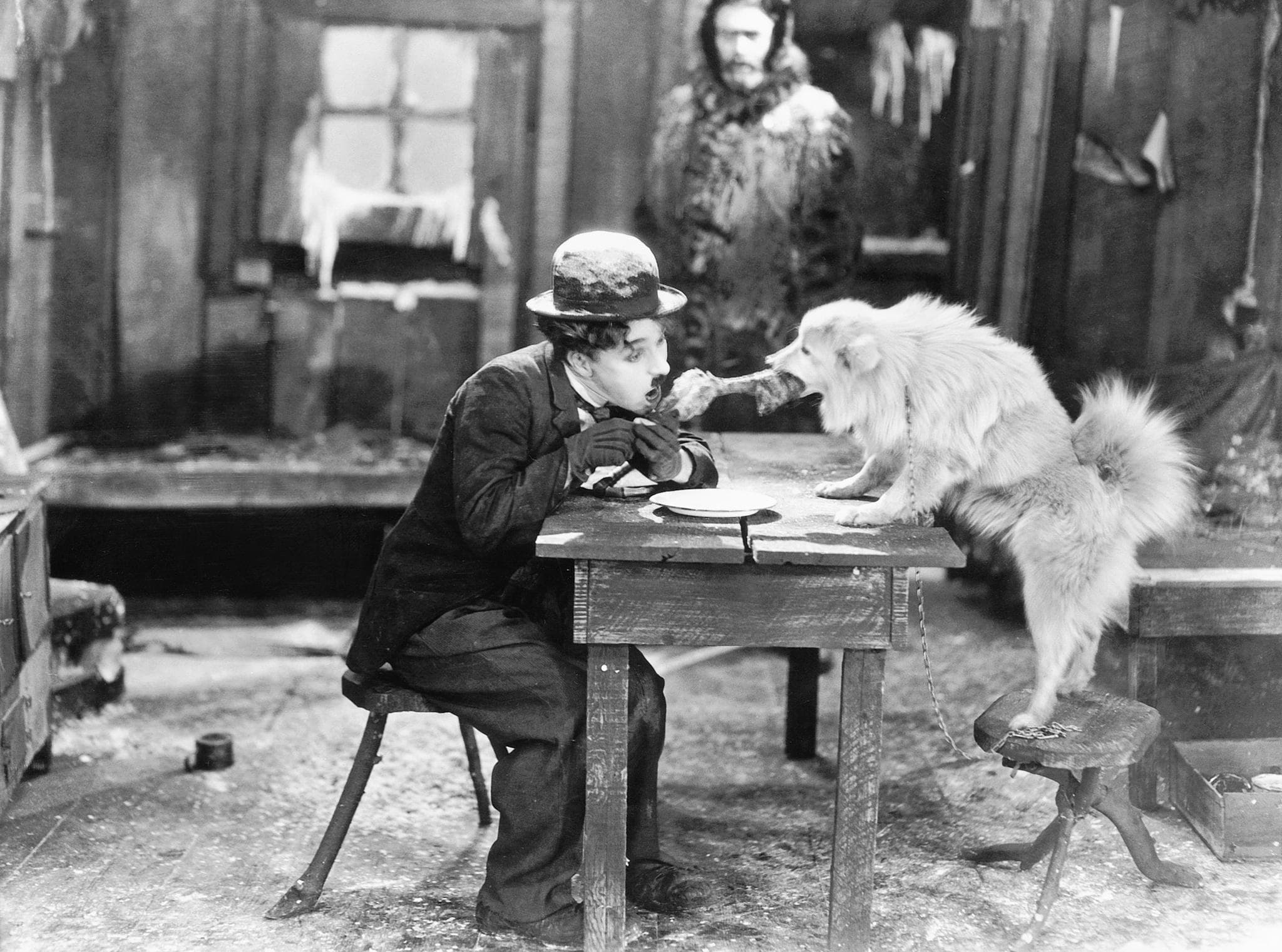


Comments
Loading comments...